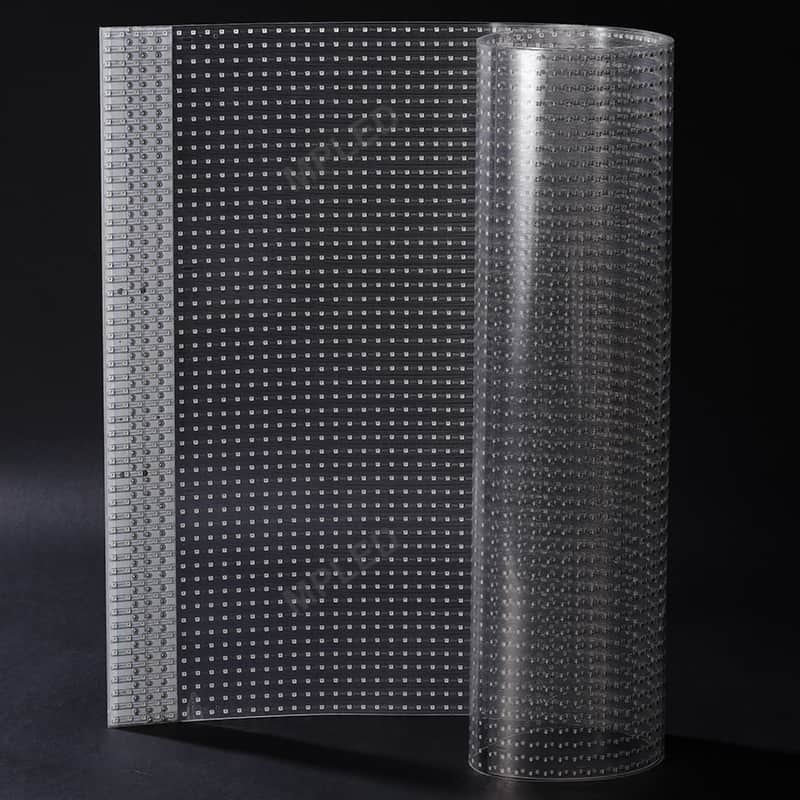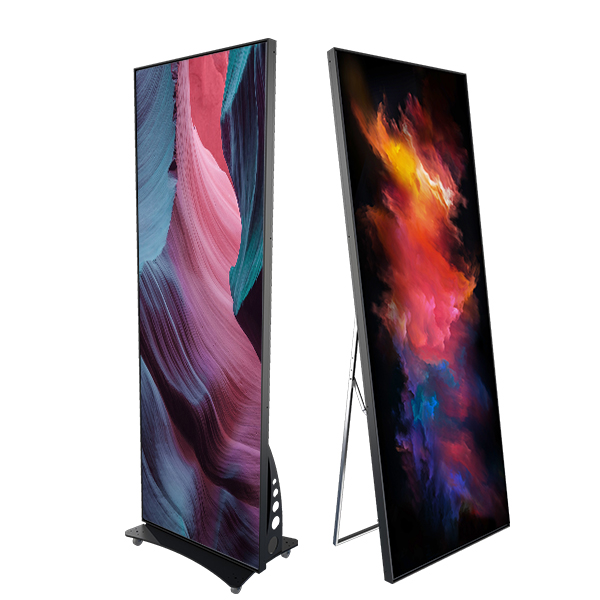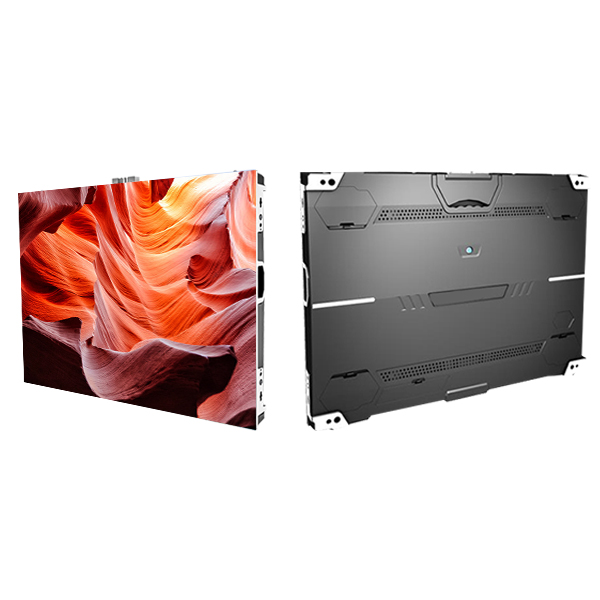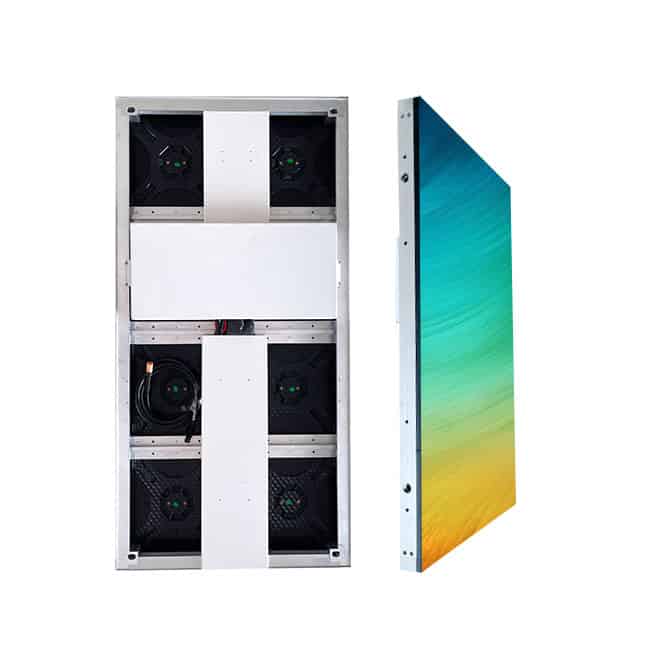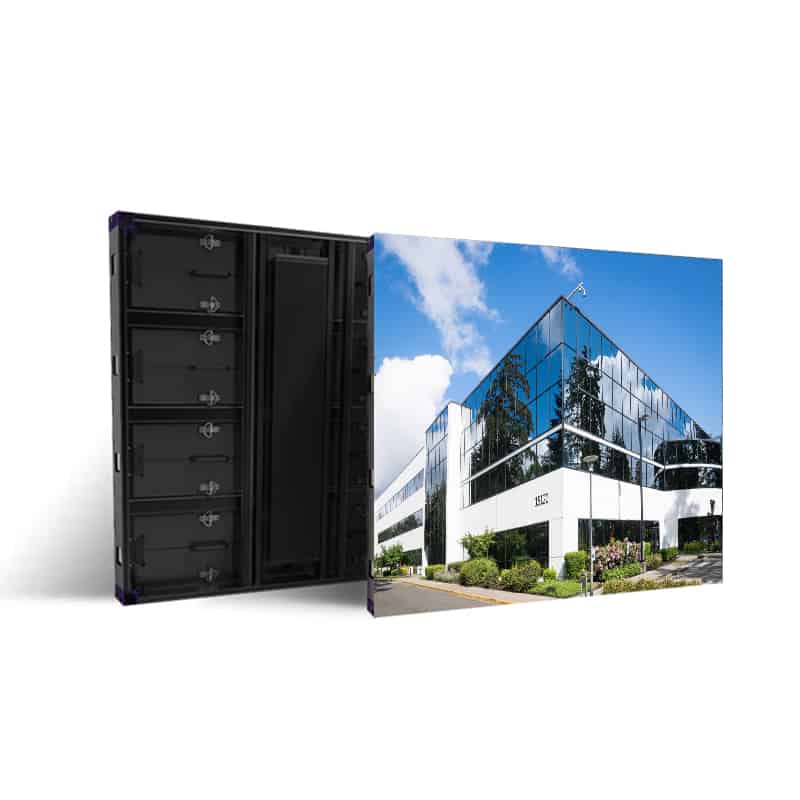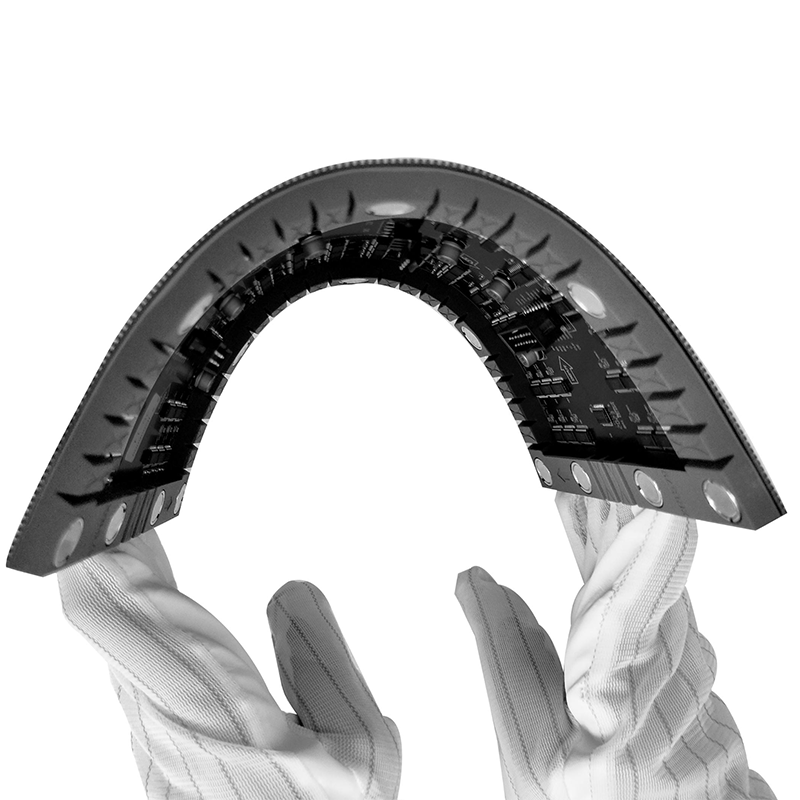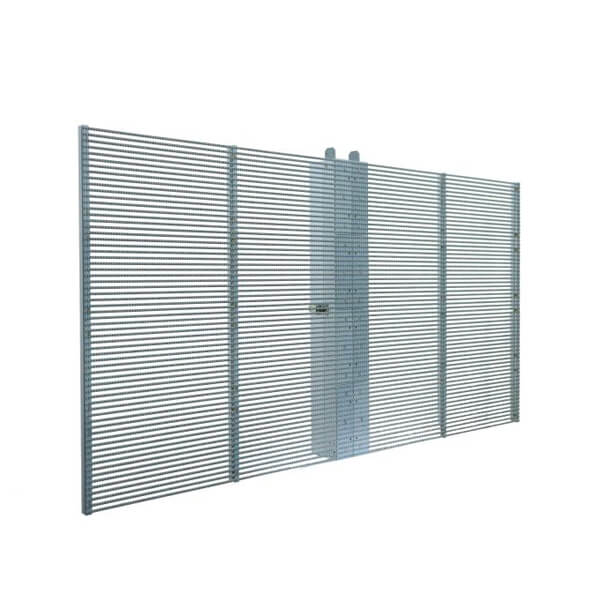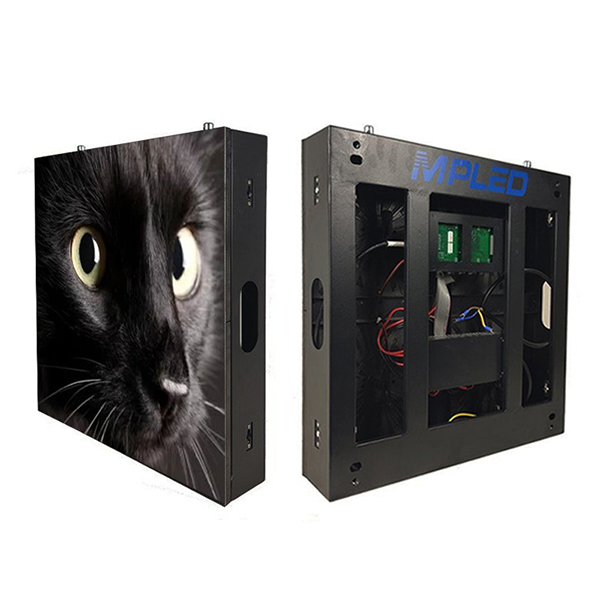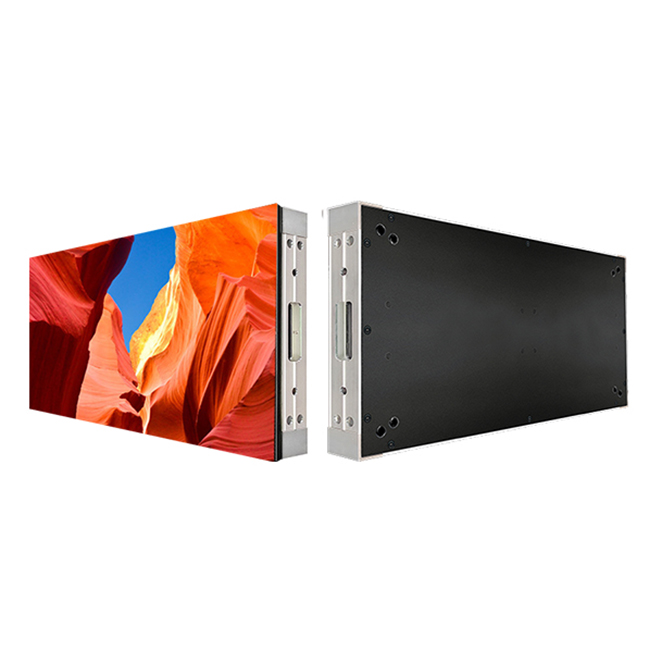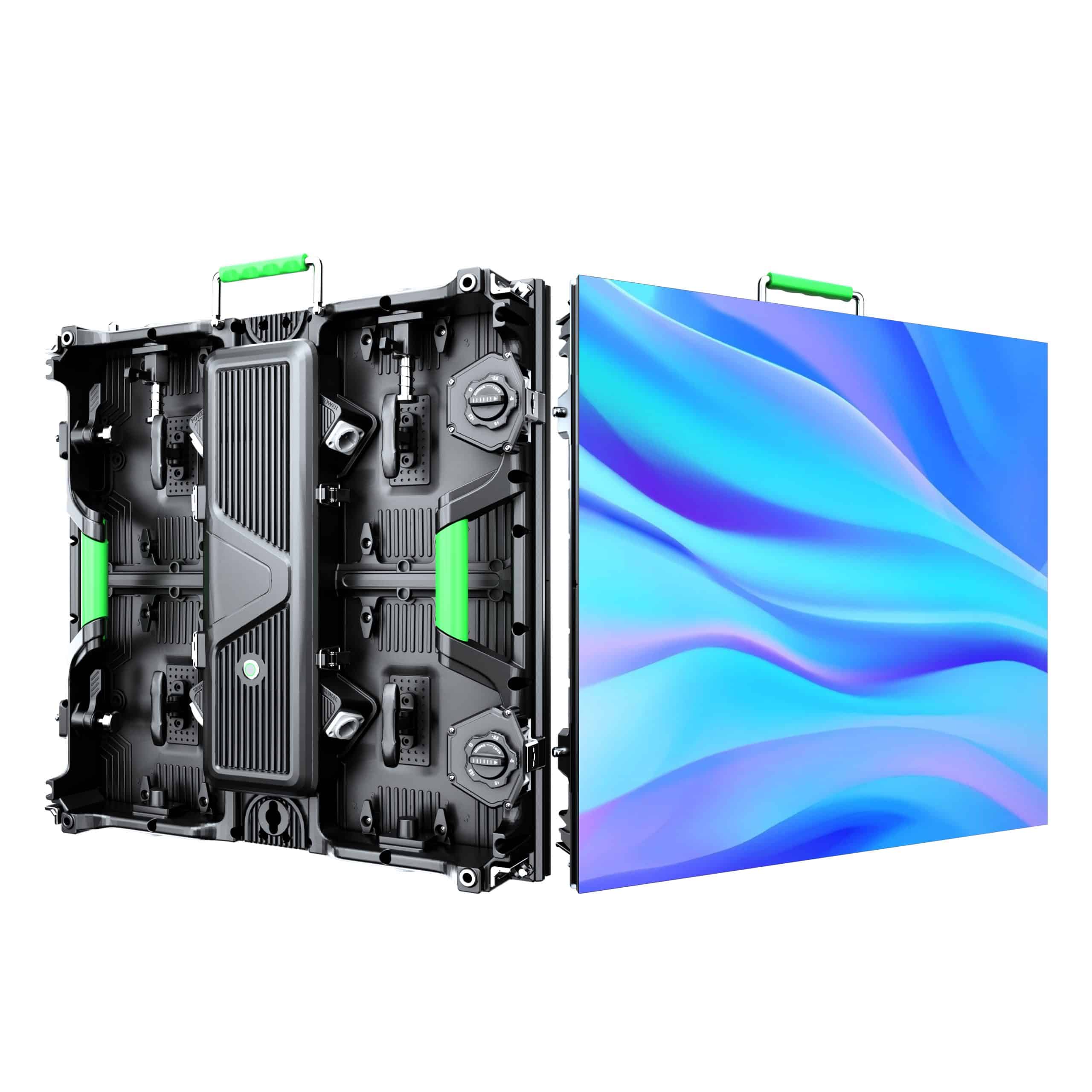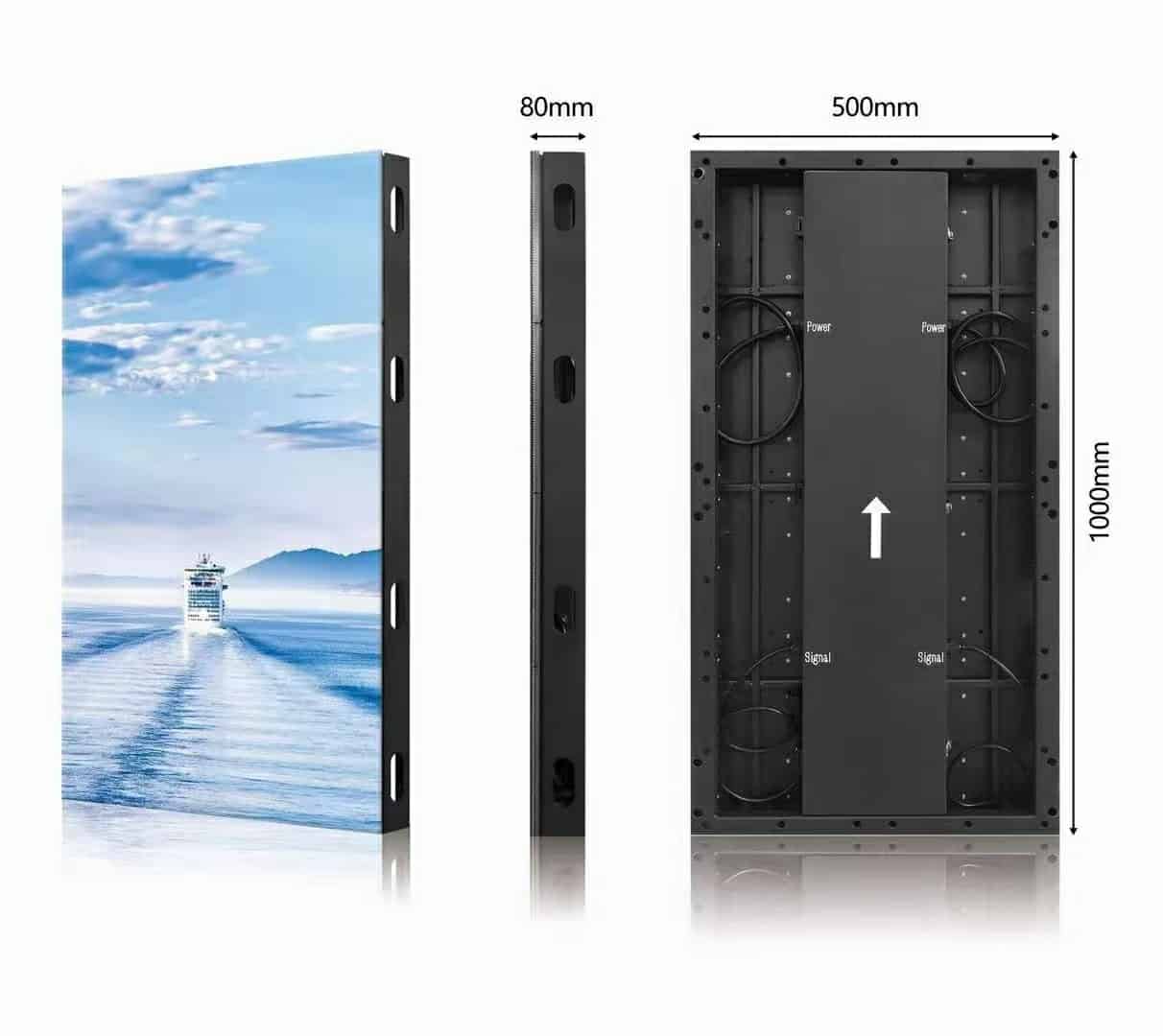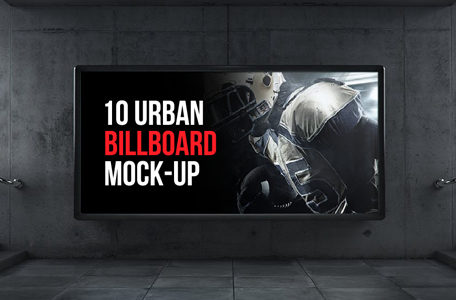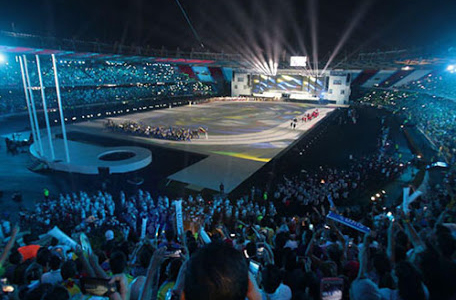Lockdown impact and modern trends of the LED display market
LED DISPLAY MARKET; TRENDS AND HURDLES
LED display market has involved several latest innovations during the past few years. The use of several latest technologies will enhance the design and the applications of the LED display. However, current circumstances have had a little adverse effect on the pace of the LED display development. This article will discuss the latest trends in the LED display market and the impact of the lockdown on it.
LED Display
The light-emitting diode or the LED display technologies provides an interface to the system and the user. For illumination and light source, there is a number of a panel of LEDs. Numerous LEDs comprise each panel. The most common of the panels are the SMD and the Conventional LED panel.
You May Also Read: Things to Consider Before Buying LED Advertising Screen
The conventional is preferable for use outdoors, and the surface-mounted display panels are suitable for the indoor display. Nowadays, LEDs have taken over the world of electronics. They are highly efficient compared to traditional sources. The LED display consumes a lesser amount of energy and produces less heat due to its innovative features.
Usage of the LED display
LED display provides an interface to the user using several electronic devices that include tablets, smartphones, laptops, TVs, etc. LED displays find their extensive use in boardrooms. Because of the prevalence of COVID-19, work from home gained massive exposure. For purposes, boardrooms will require LED display to collaborate with the staff working from home using different software.
Applications Of The LED Display
The command and control rooms provide security details, and the led display provides the screens that help monitor the activities going on in different parts of the city. The use of the Led display in auditoriums has become extensive. The traditional projectors have almost become obsolete as they require a particularly dark environment. Also, the light-emitting out of the projector device disturbs the speaker.
The public advertisements that are found outdoor are mostly LEDs. Big lobbies and indoor display designs require a brighter ambiance, and therefore, they employ LED display. Other applications include the scoreboards in stadiums, digital billboards; these applications are slightly different from the traditional outdoor displays. The scoreboard or live screens in stadiums need to be designed using a particular angle and viewing distance. The same is the case with digital billboards, as the brightness level must be optimized so that it does not become a hurdle for the drivers and passengers.
Pixel pitch Of LED Display
The pixel pitch is the distance between the center of two adjacent pixels. The smaller the distance between the center is, the more significant is the resolution. It determines the optimum viewing distance and resolution. If the distance between the center is smaller, more pixels are responsible for image formation.
The lesser pixel pitch means that the viewer or the observer can view the higher resolution display even standing nearby. The typical older versions had 25mm to 65mm pitch, but the latest ones usually distance between centers from 8 to 10mm. So a 6mm to 8mm is the most suitable pixel pitch in the latest trends.
Clusters Of LED Display
Since a lower pixel pitch provides a better quality display, why should it not be kept low in all the display types? Upholding a lower pixel pitch associates employment of LED clusters thus, increment in the cost. A 4mm pixel pitch display is more expensive than a 10mm display. The reduction in the pixel pitch requires the increment in led clusters that result in a higher cost. Viewing distance is a factor that can help keep the price lower. A larger pitch is suitable if your audience isn’t too close to the display.
LED Display Resolution
Resolution is an essential factor in determining image quality. It enables the viewer to see the details formed from the total number of pixels. The LED display resolution is the number of well-defined and distinct pixels arranged in a particular dimension to be displayed. Height x width is a factor that determines the resolution; for instance, “1000 x 1400” means the height is 1000, and the width is 1400. An acceptable quality of video display requires a total resolution of at least 50000 pixels.
Contrast Of LED Display
The contrast of an led display is the absolute discrimination between the maximum brightness and the ultimate darkness possible on the led display screen. The dark display means no color on display, and the bright white color includes the display of all the colors on the screen. A higher contrast ratio is the most preferable and desirable.
Modern Trends In The LED Display Market:
The LED display design has been associating with several latest trends that have resulted in greater energy efficiency and durability. These trends include the newest innovations like easy transfer of files to the perfect stylish shape for a more lavish ambiance.
Centrally Controlled
There is cloud software installed that enables the user to control the led display network from central locations. The controllable features include the temperature, power on, and power off, increasing or decreasing the brightness. The trends allow the remote control of all these features is possible from a central location.
Data And Power Redundancy
The modern LED display finds its applications mostly in command and control rooms, auditoriums, broadcasts, etc. The uptime of LED display is essential in these areas. The other applications include theaters, advertising companies, and concert halls, where a power supply failure can result in a backlash from the customers. The LED display comes with redundant power and data supply, so if one of the display fails, the redundant power will keep the system running.
Easy Transfer Of Data From External Sources
The led display comes with a receiving card that receives information, graphics, and other content. Modern trends provide ports to LED to quickly obtain the data from the external sources and display the contents on the screen.
Common Cathode
the common cathode technology is the latest innovation made to get efficiency in energy consumption. Once available, all the industries are going to employ this advanced energy-efficient technology in their products. Since it is an energy-saving product, it reduces the power consumption bills to up to 75%. Besides its low energy consumption feature, it produces less heat that eventually results in its durability. This technology is most suitable for indoor applications but can be used in outdoor applications too. The price of the common cathode is 25% to 30% higher than the regular products.
DIP 3 in 1
DIP 3 in 1 is only available for outdoor applications. It has the same advantages as the common cathode technology as it provides the same energy efficiency and reduction in heat emission but comes in a lower price range. The DIP 3 in 1 consumes the same power as the regular conventional display products. Thus, a DIP 3 in 1 can attain a relatively higher energy efficiency without any increment in cost.
New And Innovative Design
As the display technologies evolved, the shape and size have achieved the same pace of developments. The regular rectangular has almost become a cliché. The design concerns the location and the interior. It has started coming in a rhombus or a cubical shape. It comes as a transparent glass that one can mount on a floor or a wall. The design has become versatile and adds up a style to the installation location.
The LED display now comes in a thinner and sleek modern design and is light-weight. Moreover, the touch feature has given a whole new meaning to the advancement of its development.
Impact Of Lockdown On The Market
The lockdown following the COVID-19 has been affecting the economy since its imposition. It has a considerable influence on every sector and, thus, on the LED display market.
Shutdown Of Factories
The imposition of lockdown after the COVID-19 has resulted in a severe decrement in the economy. If the lockdown keeps imposed for a longer span, the factories might shut down temporarily. Thus, it can affect the shipment and manufacturing of goods. As most of the factories have a shutdown, the display industry got affected as the utilization rate dropped significantly.
Inappropriate Raw Material Supply
The supply of raw materials has resulted in delayed production. There is no direct import due to the closure of the exchange of products across borders. This inappropriate supply of raw material has drastically resulted in a lack of materials to formulate the finished display products.
Displacement Of Manufacturing Units
The manufacturers are focusing on shifting their units to less affected countries. For instance, the iPhone manufacturer Apple has decided to move some of its units to India instead of china for uninterrupted production. This planning will result in an appropriate supply-chain and unaffected progress in production.
Impact Of Labor Unavailability
LED display market has affected as the operations need intensive labor work. Most of the factories involve workers that belong to China. Since workers from different parts of the world have to stay in quarantine for 14 days, this results in a hurdle in operation. If the lack of unavailability of workers sustains, it will eventually impact the production.
You May Also Read: Why Should You Invest in High-Quality LED Screen?
On-Hand Inventory
The impact of lockdown on the LED chip production is less as the on-hand inventory is higher in number as there was an oversupply of chips in 2019. The chip producers have stock to manufacture new products, but few materials need to be imported as their availability might become short.
The impacts mentioned above on LED display will result in the delayed production and an increment in manufacturing and selling cost.
Conclusion:
The LED display market has evolved during the past few years. Since then, several latest technologies have developed on the LED display’s hardware and software components. From finding its application indoors in auditoriums, theaters, stores to outdoors in stadiums, billboards, each application features different attributes.
In addition, the markets have involved several latest innovations and will continue growing in the next few years. The current pandemic has resulted in a worldwide lockdown that has temporarily affected the production of the LED display market and had other adverse impacts.
For more information Contact Us Today!

